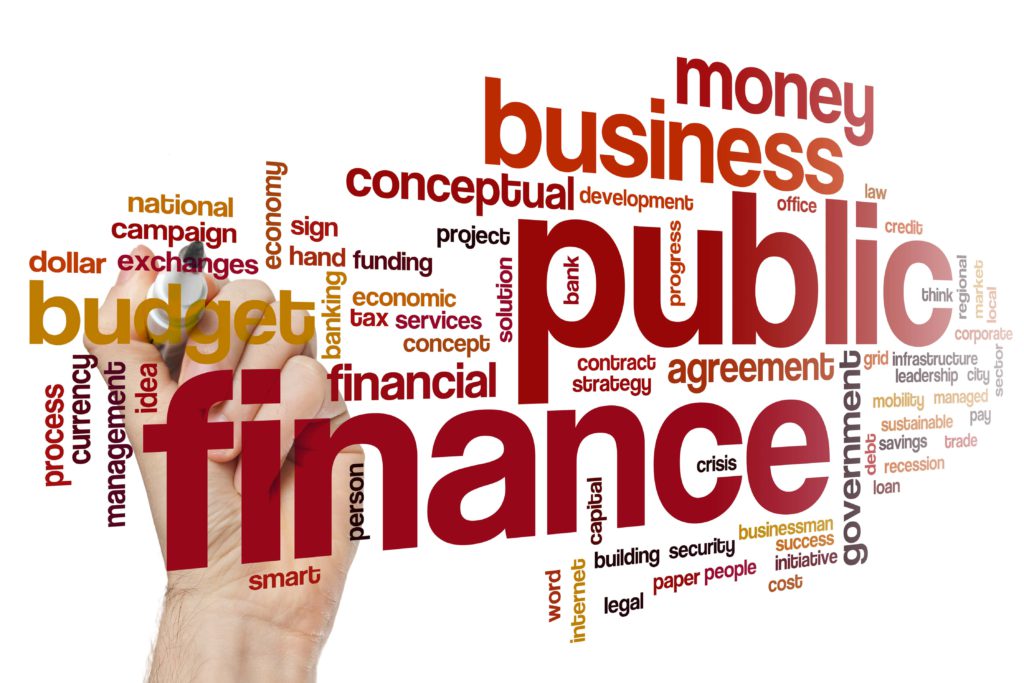The government of a country consist of different sectors that come together to make the bodywork as a whole. In addition, one of the less spoken of, but very important sectors is the finance arm. The finance section of the government manages a country’s revenue as well as controls financial standards through several parastatals. We can call it public finance. This article would serve as a guide and exposition on public finance, as well as other vital things to know.

What is public finance?
Public finance is practically the management of a country’s expenditures, debt and total revenue. Furthermore, although it is carried out by the finance sector of the government, and done through particular institutions and bodies. These bodies could be outrightly governmental, or quasi-governmental in nature. Also, we can evaluate and express a country’s financial standing with numbers just like that of a business.
What are the elements of public finance?
The elements of public finance revolve around three major activities. This includes managing expenditures to support society, collecting revenue, and finally designing and implementing financial strategies. In essence, the elements are more accurately captured as:
Expenditures:
this essentially refers to everything that the government of a country spends money on. More so, it involves infrastructure, education, social programs and amenities. Most times, a large chunk of the money spent is to ensure wealth or income redistribution. The act aims at benefiting society, although the money eventually spent could be more or less than the actual budget.
Deficit/ surplus:
this more or less acts as an indicator. Therefore, it tells you the state of things after the government spends. When the government has fewer expenditures than it earns or collects in taxes, there is a surplus. However, the government spending more than it gathers in revenue indicates a deficit.
Tax collection:
tax is the major source of income for the government. They come in different forms and are administered at different levels and according to industries. Some examples are income tax, property tax, sales tax, and estate tax. Also, asides from this, the government also collects taxes on imports and exports in the country. We mostly refer to them as duties, and the government collects them on public services that are not free.
Budget:
a budget is simply a financial plan. Therefore, it is a plan which the government draws up for the expenditures it would incur for a specific duration. However, the process of development varies from one country to another, though it usually consists of a review and approval stage by different arms.
National debt:
this is the debt that a government incurs. Most times, it happens when there is a deficit, therefore the government has to borrow money, running into debt. Furthermore, when this happens, the country issues a national debt which is done by the Debt Management Office. Also, this office could make decisions to sell government securities or bonds to investors as a way to raise funds.
What are the main objectives of public finance?
Primarily, the major purpose of public finance is to create and maintain a fiscal position that ensures the following:
- Effective allocation of resources
- Efficient delivery of public services
- Effective delivery of public goods
Conclusion
The effectiveness of public finance determines the progress of a country to a large extent. Misappropriation of funds would see little or no basic development in society. Therefore, this is why it remains one of the most important aspects of government.